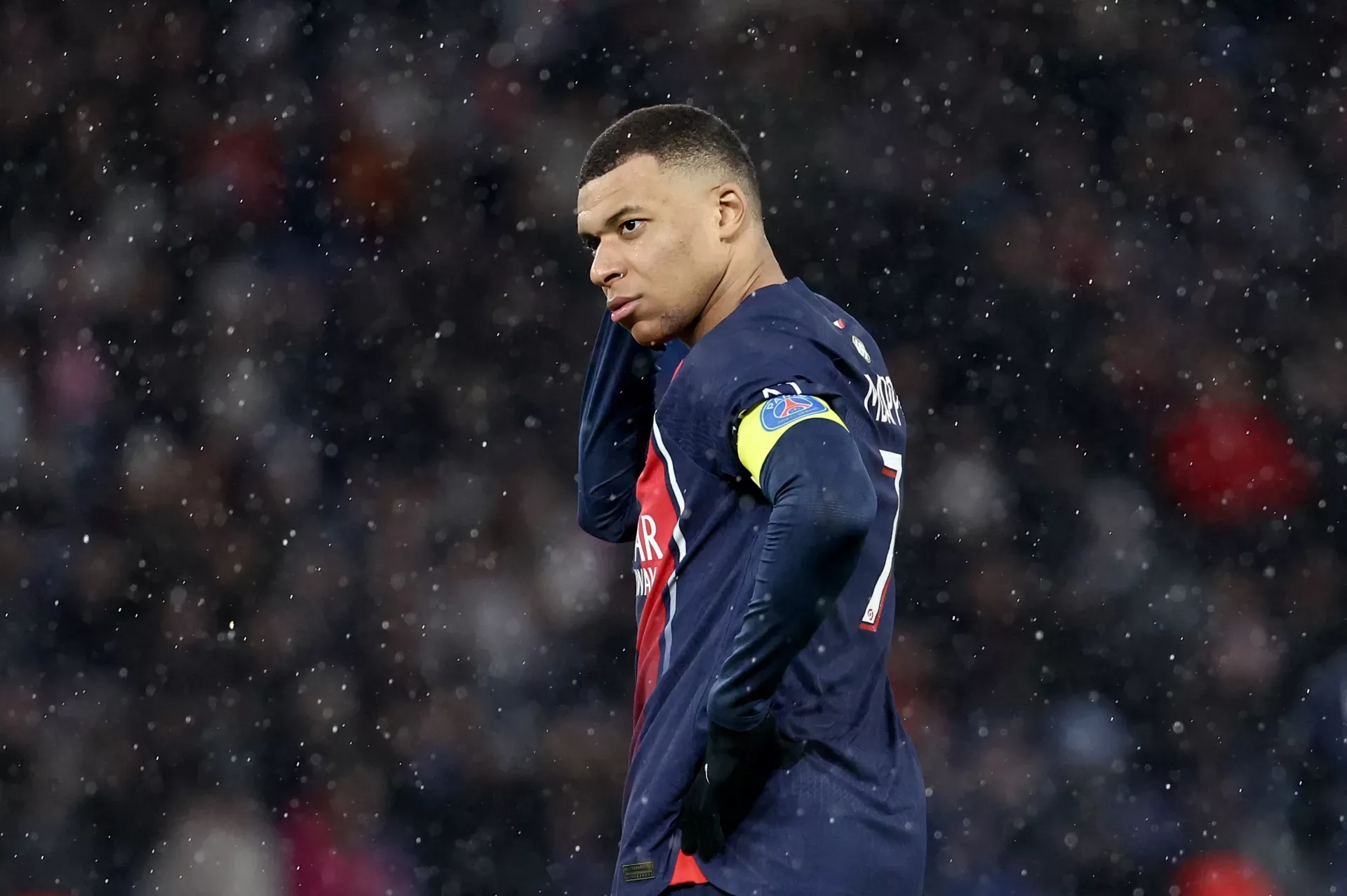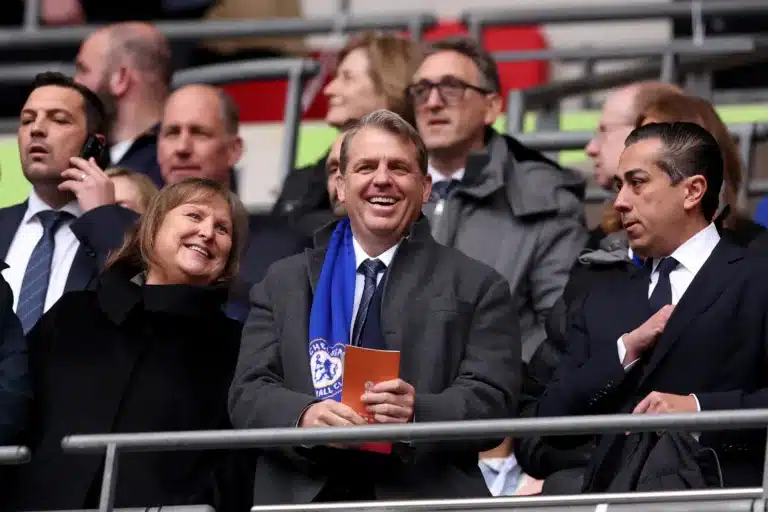The History of the Bosman Transfer
As the calendar flips over into March, the world of football officially enters the ‘business end’ of the season, and people will be on the lookout for Bosman transfers. With league status, cup competitions, and pub bragging rights on the line, we start to hear the talk of “taking one game at a time” and “every game is a final” from managers. But it’s also around this time that the rumour mill really starts to pick up some pace. Agents are putting nuggets into the press to try and drum up some interest in their clients, and club executives are starting to explore their options. That’s all because in just a couple of months, football’s off-season pantomime can begin—the summer transfer window.
We all remember the stories of Peter Odemwingie sitting in his car outside QPR, trying to manifest his own transfer. The live feeds of Sky Sports News show fans waving questionable bedside table ‘ornaments’ in the background. But there’s one other phenomenon that we often hear about, which isn’t specifically related to the limitations of the transfer window. I’m talking about the Bosman transfers.
What Is a Bosman Transfer?
A Bosman transfer is where a player has reached the end of their contract or is already out of contract and can sign for any club they wish. The most high-profile case of recent times would be one that’s happening right now: Kylian Mbappe’s move to Real Madrid will be a Bosman transfer (which is mad to think about, but we’ll move on). More specifically, the Bosman transfer means that the buying club does not need to pay a fee to the player’s previous club. It seems obvious, right? They’re not under contract with them anymore, so why should they be compensated? Well, it may surprise you to know that this wasn’t always the case.
Jean-Marc Bosman
You’ll know the name but maybe not the player. In 1990, Jean-Marc Bosman was playing for Belgian side RFC Liege. Coming to the end of a (rather disappointing) two year spell at the club, Bosman was offered the opportunity to ply his trade in France. Second Division side Dunkirk had offered him an improved contract and, as his contract was expiring in the summer, you’d be forgiven for thinking this had a rather harmonious and serendipitous ending. Well, you’d be wrong.
At the time, a player could not simply leave a club for free at the end of their contract, unless the selling club agreed to release the player. The only other way to leave the club would be to receive a fee from the buying club, much like a typical transfer. Therefore, Liege requested a fee far above Dunkirk’s financial capabilities, leaving the 25-year-old stuck at the Belgian side on just 25% of his usual earnings. This began a five-year legal battle which would change the football transfer market forever.
The Legal Battle
Jean-Marc Bosman and his lawyers, Luc Misson and Jean-Louis Dupont, took the case to the European Court of Justice (ECJ). They brought the case against the Belgian FA, RFC Liege, and UEFA themselves, citing the fact that the system directly contradicted Article 39 of the EC Treaty, which allows for the freedom of movement for workers throughout Europe.
Finally, on December 15, 1995, the court ruled in favour of the Belgian, stating that the system currently in place violated EU law. Furthermore, the ECJ moved for an immediate amendment to the rule, which would allow players who are out of contract to move freely to other clubs, unencumbered by their previous employers.
“All Hell Broke Loose”
Suddenly, the players held all the power. They could run their contracts down and have complete freedom of choice, more recently meaning big “signing on” fees for the players in lieu of a transfer fee. Selling clubs were under pressure to plan more strategically; they could no longer demand high transfer fees for players approaching the end of their contracts. Clubs had to negotiate contract extensions to protect their most valuable assets, which in turn saw a rise in inflated wages. It also meant that recruitment plans and strategies became ever more critical. Ever wonder why we’ve seen a rise in the importance of Sporting Directors and Directors of Football? Football agents have been running amok, gaining ever-growing influence on their clients’ careers by leveraging their contractual positions. The Bosman ruling has completely changed the game.
The football world became a chaotic combination of chess and monopoly overnight. Players running contracts down, clubs ‘tapping up’ players, the ‘player power’ movement; without warning, the landscape changed, and it wasn’t pretty. Sir Alex Ferguson, writing in his book ‘Leading’, spoke of the day the rule changed:
“Once the European Court of Justice ruled that clubs no longer had to pay transfer fees after the expiration of a player’s contract, all hell broke loose. Suddenly it was a free-for-all.”
– Sir Alex Ferguson
I’m not sure Ferguson meant it, or maybe he did, but the use of the phrase “free-for-all” is particularly amusing. Yes, players can now be signed for free, but never has a phrase been more contradictory. Free for all, it is not. We live in a world where cash is king and the players hold all the aces. The Bosman Transfer ruling: the ruling that made players free, but also more expensive than ever.








